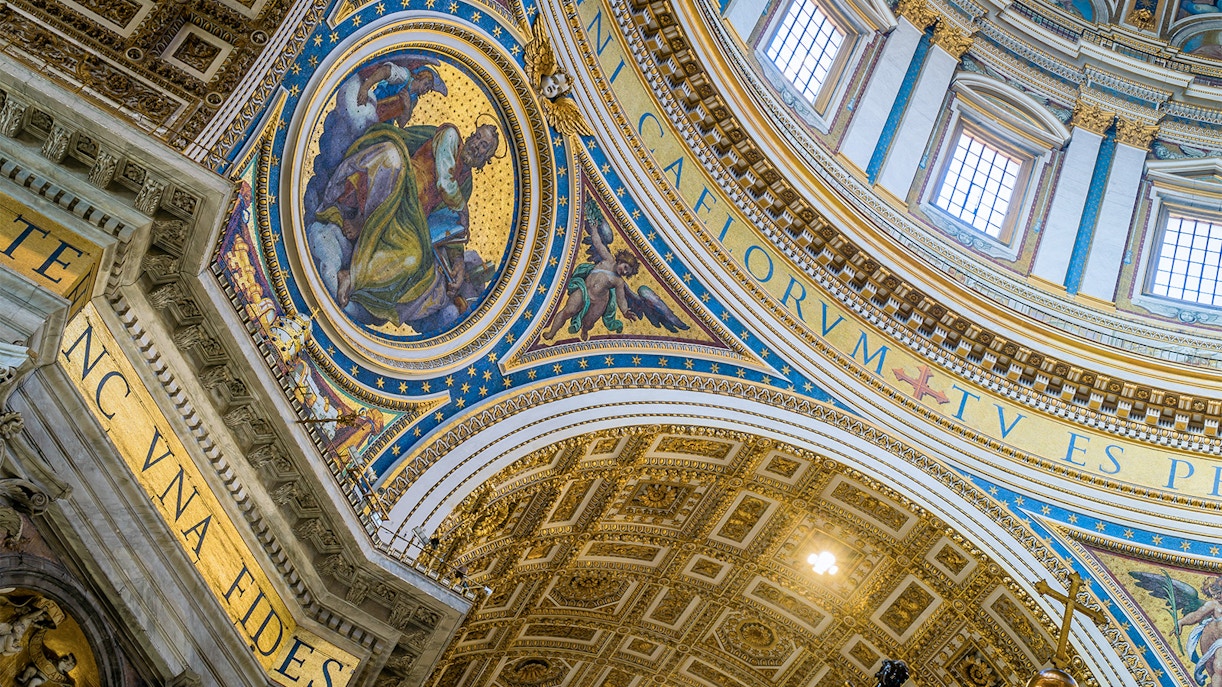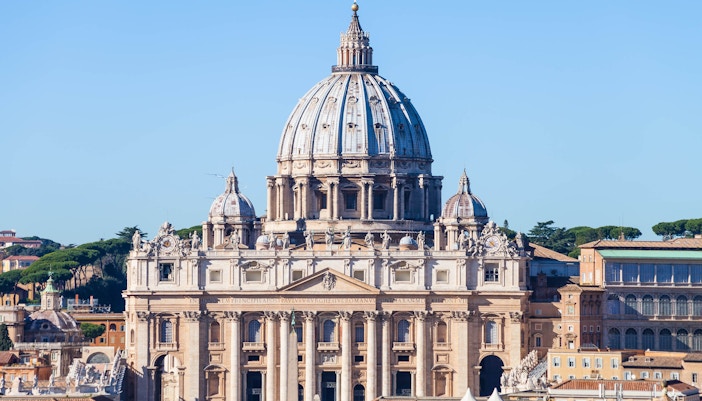What lies under the Vatican City?
Beneath the Vatican City, or more accurately under St. Peter's Basilica, you will find the Vatican Necropolis. The site was discovered during the early years of the pontificate of Pius XII Pacelli (1939-1958), who undertook a series of archaeological explorations in the area of the Vatican Confession and in the center of the Sacred Caves.
On Scavi tours or Vatican Necropolis tours, visitors are led down three levels to a 1st century AD Pagan burial ground with a few small clay and stone repositories, followed by the 5th century Pagan and Christian combined burial ground with several medium-sized stone mausolea and other ruins, including a fractured piece of a large triumphal arch.
Level 1: Dating back to the 4th century BC, this level was originally an Etruscan necropolis, used for burials by the ancient civilization that predated the Romans in Italy. The most notable find here is the Banditaccia Tomb, a large chamber tomb with painted walls depicting scenes of daily life and religious rituals.
Level 2: This level dates from the 1st to the 4th centuries AD and contains a mix of pagan and early Christian burials.
Level 3: This level dates from the 4th century AD and is named after Emperor Constantine, who built the first St. Peter's Basilica on this site. The most important find here is the Tomb of St. Peter, which is believed to contain the remains of the first pope.
The papal grotto is included within this labyrinth, as is a 12th-century early Christian church with grates in the roof that go up into the basilica's floor.
Know More About Vatican City







